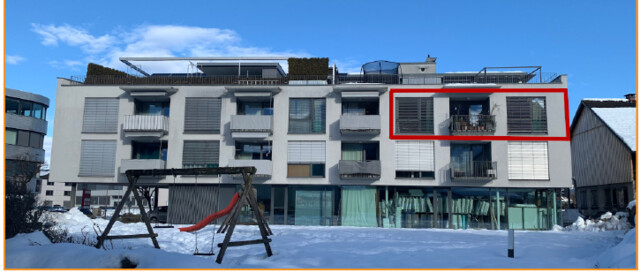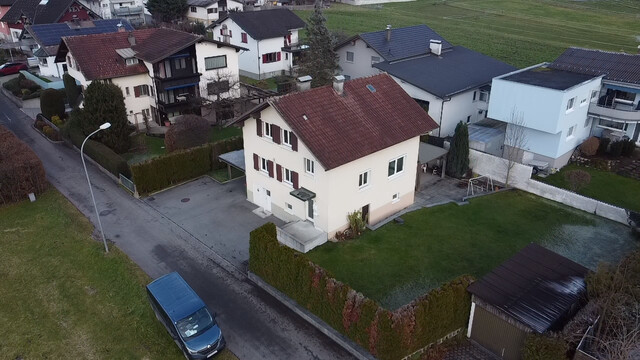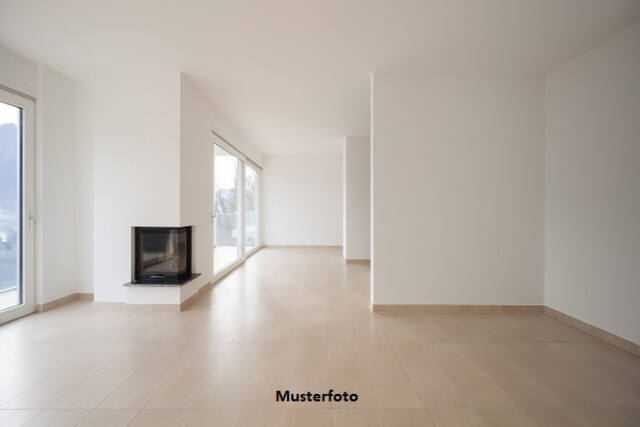Project for the Comeback of Danube Sturgeons Records "Milestone"

Overfishing, construction, and numerous power plants have severely harmed the Danube sturgeons in the past, explained biologist Thomas Friedrich, head of the conservation project "LIFE-Boat 4 Sturgeon". Despite initial successes, there is still much to be done.
Ship Waves Trouble Danube Sturgeons
One large ship after another sails past the docking station of the ferry operating between Rossatz and Dürnstein at the end of August. This area, virtually in the shadow of the iconic Dürnstein ruins, has been chosen by the scientist working at the Institute of Hydrobiology and Aquatic Ecosystem Management at the University of Natural Resources and Life Sciences (Boku) Vienna to achieve a "milestone" in the conservation efforts for the six original species of the ancient animals native to the Danube: the release of the 300,000th sturgeon in Austria since the start of the large-scale nature, species conservation, and research project.
The Sterlets, the smallest Danube sturgeon species, measure at most around 25 centimeters at the time of their release into their new yet ancestral habitat, having hatched in April and June. For some, it is quite a rough start, as they have to contend with the waves generated by the numerous significantly sized tourist ships. Friedrich and some of the animals have help on this day: children return the young fish washed ashore by the water movements back into the water.
The Boku researcher has around 1,000 animals in a large container in the Wachau on a pick-up truck adorned with the logos of numerous project partners and supporters. The Sterlets were bred on a former cargo ship named "MS Negrelli", which has been converted into a sturgeon breeding station and moored at the Vienna Danube Island since this year. In addition to the Sterlet, which grows up to a meter long and weighs around nine kilograms, the focus is also on three other species that were once numerous in the Danube. The Waxdick, weighing over 100 kilograms and about 2.30 meters long, the similarly large but significantly slimmer Stellate Sturgeon, and the Beluga Sturgeon - the largest freshwater fish in the world, growing up to seven meters long and weighing over two tons - are now only native to the lower Danube. However, even there, the populations are under significant pressure.
Extensive Project for the Comeback of Danube Sturgeons
A total of nearly twelve million euros will be invested in the conservation of the animals in the Danube and other rivers like the Mur as part of LIFE-Boat 4 Sturgeons until early 2030. Together with partners from many river-bordering countries, a total of 1.6 million young animals are to be bred and released. The project is correspondingly extensive: in addition to Boku, the Ministry of Agriculture (BMLUK), viadonau, the city of Vienna, the WWF in Romania, Ukraine, and Bulgaria, as well as ministries from Hungary and Slovenia, and various fishing associations and many other partners are on board. 67 percent of the total funding is provided by the EU funding program "LIFE", with one million each from the Ministry of Agriculture and viadonau, and 500,000 euros from the city of Vienna.
In Austria, the focus is on the Sterlet (Acipenser ruthenus). Last year and this year, specimens were caught that Friedrich and colleagues suspect are directly attributable to the efforts that began in 2017 with the predecessor project "LIFE-Sterlet". If confirmed by DNA analysis, it would be the first reproduction in the wild in Vienna or Lower Austria in 40 years. "That would, of course, be a nice success," said Friedrich.
Long-standing Fascination for "Ancient and Huge" Danube Sturgeons
The release action in Rossatz is one of many as part of this year's campaign - and it draws attention, as interested parties repeatedly come to Friedrich and ask questions. The researcher himself first came into contact with sturgeons as a young fisherman and aquarist, whose "ancient appearance, the tail fin like a shark, the bones, plates, and the snout" fascinated the scientist, as did the fact "that they become ancient and huge". Over the years, "the desire to do something for these fish" has grown, said Friedrich. Two of the original Danube species were already extinct by then, and now there is a massive effort to save the remaining four.
In terms of breeding, a lot can now be done on the "MS Negrelli". Danube water flows through the breeding tanks. This is important because it shapes the fish: "They always want to lay their eggs where they themselves hatched." Genetic diversity is emphasized in the parent fish.
Danube Sturgeons: Often Under Pressure "Living Fossils"
The newly released animals are expected to move to deeper river areas with strong currents and feed on insect larvae, crustaceans, snails, mussels, and similar. Friedrich: "The best outcome is that in four to seven years - slightly different for males and females - they will also spawn here in this section of the Danube." The animals generally reach sexual maturity relatively late and reproduce only every few years. It requires patience to ensure the population becomes large enough in the coming years "so that we no longer need to release fish."
It is clear that the original migration routes - beluga sturgeons and other sturgeons once swam from the Danube Delta, about 2,000 kilometers away, to our regions - remain blocked for these animals, which have been successful for around 200 million years, due to numerous dams, at least until plans for sturgeon-friendly fish ladders at the most downstream power plants at the "Iron Gate" are implemented. Although they can pass downstream in larger numbers through the power plant turbines, existing fish ladders are not well-suited for them due to their limited maneuverability, size, and tendency to live in mid-river areas.
Many Open Questions About the Life of Danube Sturgeons
In the lower Danube and the Black Sea, poaching of sturgeons still occurs today, as their meat and especially their caviar continue to exert a strong attraction despite fishing bans. In Austria, there is still no comprehensive fishing ban. If a fisherman catches a sturgeon, Friedrich advocates for releasing the animal. Scientists appreciate reports of catches, for example by phone. They assist in identifying the animals and reward information with a stuffed sturgeon toy.
The researchers themselves strive to temporarily capture animals: Most animals are marked with spots on the underside of their snout. This allows conclusions about the habitats they occupy after release. This, in turn, shows which environments and food the different species need. "There is still a lot about the ecology of these fish that is not yet well known, and where there is definitely a lot of scientific work to be done," emphasized Friedrich. All this should then also be incorporated into conservation measures.
With Waxdick Offspring Towards the Danube Delta
If sturgeons become extinct in the Danube, it would be a disgrace: "If we lose them now, we are essentially losing animals within a few centuries that have existed for millions of years. That would be a crime against future generations," said the project leader, who is soon setting off again with the Waxdick offspring bred in Vienna on the up to 17-hour journey towards the Danube Delta in Romania. It is also somewhat of a race against time: To bring as many young fish as possible safely into the water, only short toilet breaks are allowed during transport. In the Wachau, after a manageable travel time, all sterlets have arrived well - how many will swim in the Danube in the long term remains uncertain.
(APA/Red)
This article has been automatically translated, read the original article here.
Du hast einen Hinweis für uns? Oder einen Insider-Tipp, was bei dir in der Gegend gerade passiert? Dann melde dich bei uns, damit wir darüber berichten können.
Wir gehen allen Hinweisen nach, die wir erhalten. Und damit wir schon einen Vorgeschmack und einen guten Überblick bekommen, freuen wir uns über Fotos, Videos oder Texte. Einfach das Formular unten ausfüllen und schon landet dein Tipp bei uns in der Redaktion.
Alternativ kannst du uns direkt über WhatsApp kontaktieren: Zum WhatsApp Chat
Herzlichen Dank für deine Zusendung.








